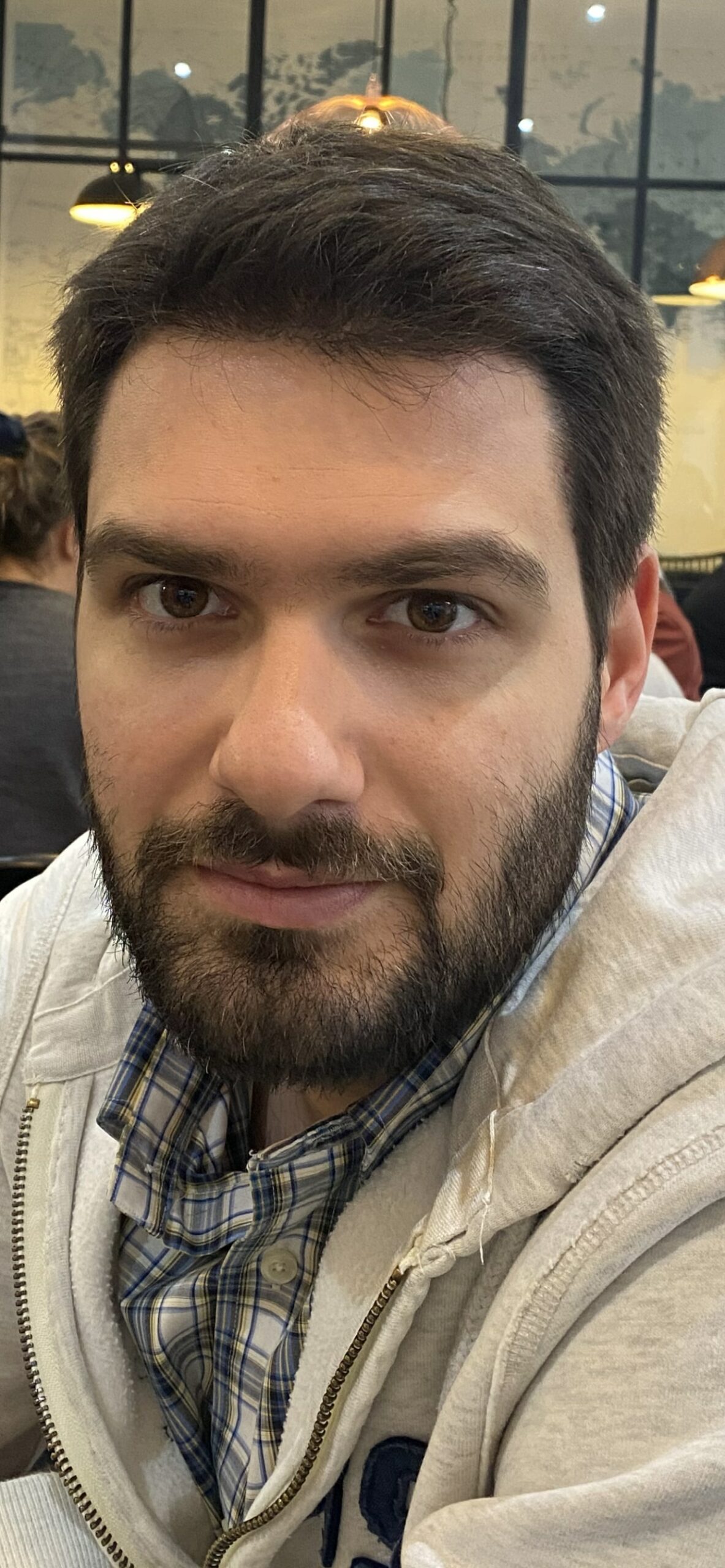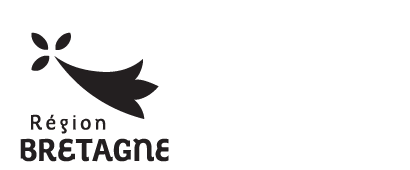Konstantinos Paschaloudis, an electrical engineer working on antennadesign at high frequencies

Dr Konstantinos Paschaloudis is an engineer currently working on the design of high-frequency near-field antennas at the Institut d’Electronique et des Technologies du Numérique (IETR) at Université de Rennes.
[BIENVENUE Team]: Hello Konstantinos, what is your background?
Since childhood I have been curious to discover the operating principles and the utilities of all electronic devices around me. This curiosity led me to the engineering school of Democritus University of Thrace in Greece and in particular to the electrical engineering department. The vast and intriguing world of electromagnetic theory was revealed to me during my bachelor studies and inspired me to proceed my master’s studies and undertake my PhD in the same department. During my PhD research I was involved in the topic of computational electromagnetics, trying to develop new and more efficient simulation tools for the analysis of high frequency antennas. The concomitant challenges and limitations led to the idea of NLF (path-loss free Near-Field wireless Links at sub-millimetre waves)-project.
[BIENVENUE Team]: What is your NFL project about ?
The NFL’s vision aims at surpassing the state-of-the-art in ultra-high date-rate near-field communications at sub-millimetre wave frequencies by exploiting cylindrical vector (CV) non- diffractive beams. Sub wavelength textured surfaces known as “metasurfaces” will be used to generate CV beams. The use of metasurfaces will enable high-performance, compact and low-profile beam launchers at sub-millimetre frequencies.
This vision stems from the ever-growing data traffic on mobile networks, which already reaches dozens of exabytes per month. According to Shannon’s theorem, which defines the maximum amount of information that can be sent over any communication channel or medium, the only way to increase data rate is the exploitation of larger bandwidths. Larger bandwidths are available in the sub- and millimetre frequency band. As an example, data rates larger than 100 Gb/s are expected in the 300-GHz band (275-325 GHz) and beyond.
However, radio-links at higher frequencies suffer from large path losses. According to Friis transmission equation, the free space path loss (FSPL) constitutes the main source of loss for a propagating wave. To overcome the FSPL in the near field, NFL proposes CV beams and in particular Bessel beams. In nature, waves do not travel in straight lines, but when they pass near a barrier or an aperture they tend to bend around that barrier/aperture and spread out. This phenomenon is known as the diffraction of the waves. Bessel beams are a unique type of beams that do not undergo diffraction as they propagate. In this way they defeat the electromagnetic spreading of energy with propagation and thus, they do experience significantly lower path loss. Another appealing feature of Bessel beams is their self-healing property, meaning that they can reconstruct themselves after an obstruction while propagating. Taking advantage of this unique feature of Bessel beams, a link without clear line-of-sight between two users can be established, without the need of extra antennas that will serve as repeaters of the initially emitted beam.
Concerning the milestones of NFL-project, efficient near-field wireless links within a range of 4 m will be presented and validated experimentally in the sub-millimetre waves band for radiating apertures of (50λ)2 size (λ is the free space wavelength at the operating frequency). Such distances at least double the operating range of the state-of- the-art near-field links based on uniform radiating apertures. It should be underlined that in similar operating ranges with respect to the state-of-the-art, the proposed concept allows reducing the emitted power without affecting the data rate of the link. This aspect has an immediate impact on power consumption reduction and increases device autonomy if it is battery powered. Therefore, NFL’s vision opens the door for greener near-field communications.
[BIENVENUE Team]: Why did you chose to implement your project at the IETR?
IETR is one of the most important laboratories in antennas in Europe. IETR is strongly involved in national and international research projects (100+ projects over the last 4 years). The Antenna’s group of IETR is one of the largest in Europe at the academic level with over 90 persons (permanent researchers, PhD students, post-doctoral fellows) and measurement facilities from HF to THz bands.
The main expertise areas of the SUMIT team (Sub-millimeter and Millimeter wave Antennas), in which I’m currently working, include electromagnetic modelling, mmW antennas (passive and reconfigurable antenna systems) and near-field radiating systems. SUMIT and especially my supervisor Dr. Mauro Ettorre have been pioneers in the generation of non-diffractive waves at mmW frequencies. Finally, SUMIT has advanced antenna measurement infrastructures up to 330 GHz within the M2ARS platform. This platform will be used during the experimental validation of the prototypes developed in NFL-project. In addition to the measurement facilities, IETR disposes also fabrication facilities, including a cleanroom for microfabrication, laser ablation tools for rapid prototyping, 3D printers, and micromechanical tools.
Thank you Konstantinos!
